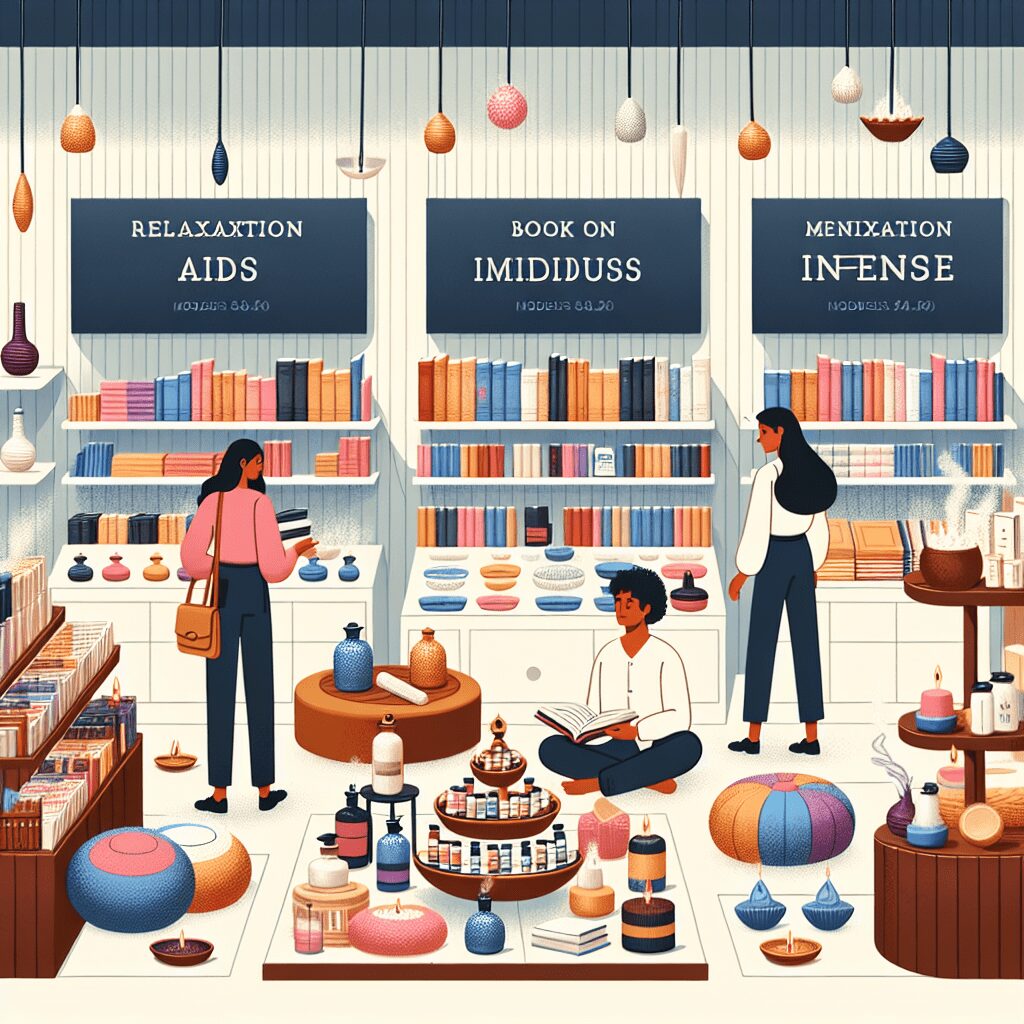
Prioritize your mental well-being daily. Enhance your life by nurturing your mental health with the Smart Meditation app. Break free from stress, alleviate anxiety, and enhance your sleep quality starting today.
How Much Has Anxiety Increased?
Navigating the Tides of Modern Anxiety
In recent years, the landscape of mental health, particularly regarding anxiety, has witnessed a seismic shift—an uptick that calls for a closer examination. Gone are the days when stress was just a byproduct of a hard day’s work or a fleeting feeling. Today, anxiety has morphed into a more persistent and pervasive companion for an alarming number of individuals worldwide. But just how much has anxiety increased? Well, buckle up as we delve deep into the nitty-gritty of this upward spiral and dissect the crux of the matter.
The Alarming Ascendancy of Anxiety
To kick things off, let’s shed light on some eye-opening stats that underscore the gravity of the situation. Pre-pandemic estimations already painted a worrying picture, with the World Health Organization (WHO) ringing alarm bells over increasing anxiety rates globally. Post-2020, however, the scenario has escalated, catalyzed by a potent mix of uncertainty, health fears, and economic instability. Recent surveys and studies suggest that there’s been a substantial surge in anxiety disorders, with some figures pointing to increases as stark as 25% or more in the general populace.
But wait, there’s more to this than meets the eye. See, the increase isn’t uniform across the board. Certain cohorts—hello, Millennials and Gen Zers—are bearing the brunt more heavily. The reasons? Well, they’re as multifaceted as they come, ranging from the incessant bombardment by the 24/7 news cycle to the ever-looming specter of climate change, not to mention the omnipresent shadow of social media that exacerbates feelings of inadequacy and FOMO (fear of missing out).
Decoding the Surge: A Closer Look
Delving a step further, the underpinnings of this uptick are as complex as a Rubik’s cube. Here’s a shortlist of factors contributing to the anxiety avalanche:
- The Digital Dilemma: Our smartphones, ostensibly our lifelines, might just be double-edged swords. Constant connectivity has blurred the lines between work and rest, leading to digital burnout.
- Economic Anxiety: Job insecurity and the looming dread of financial instability can take a hefty toll on one’s mental well-being. Many folks are just a paycheck away from a full-blown panic attack.
- Social Isolation: Ah, the paradox of our times—hyper-connected yet profoundly alone. The erosion of real-world social networks has left many feeling adrift in a sea of isolation.
- Health-Related Fears: Not to be underestimated, the global health crisis has left an indelible mark on our collective psyche, fueling fears of illness and death.
Charting a Course Through Anxiety-Infested Waters
So, what’s the takeaway from this deep dive? First off, acknowledging the omnipresence of anxiety in today’s world is step numero uno. Ignorance, as they say, is bliss, but not when it comes to grappling with mental health. On a brighter note, the increased dialogue surrounding anxiety paves the way for destigmatization and more robust support networks. From mindfulness apps to improved access to therapy (virtual and in-person), resources are more accessible than ever. But, and it’s a big but, societal and systemic changes are imperative to stem this tide.
In essence, while the surging waves of anxiety are daunting, they’re not insurmountable. By fostering open conversations, enhancing mental health education, and advocating for stronger community support structures, there’s hope on the horizon. After all, it’s about riding the waves, not being engulfed by them.





